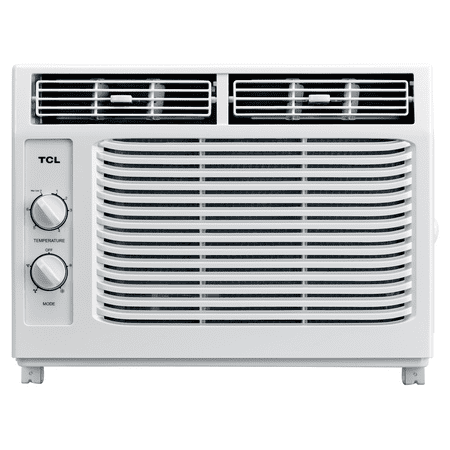Frigidaire Ffra051za1 5000 BTU 115 Volt Window Air Conditioner – White
Features:With a cooling BTU of 5000, this unit will keep you comfortable all year longCools up to 150 square feet of living space2 fan speeds give you the perfect amount of cooling every timeAntibacterial mesh filter reduces bacteria, room odors and other airborne particles for a healthier, more comfortable environmentKnob controls allow you to choose a precise temperature and speedEnergy Saver mode allows the unit to turn on and off at different intervals to ensure the room temperature stays at the set temperatureOperates at 51 decibels to keep your home quietProduct Technologies:SpaceWise Adjustable Side Panels: Adjustable side panels will extend to best fit your window.Specifications:BTU Cooling: 5000Cooling Area: 150 Sq. Ft.Moisture Removal (Pints Per Hour): 1.6Fan Speeds: 2Control Type: Turn KnobDepth: 16-1/4″Height: 11-7/8″Width: 16-1/16″Amperage: 4AVoltage: 115V






Reviews
There are no reviews yet.